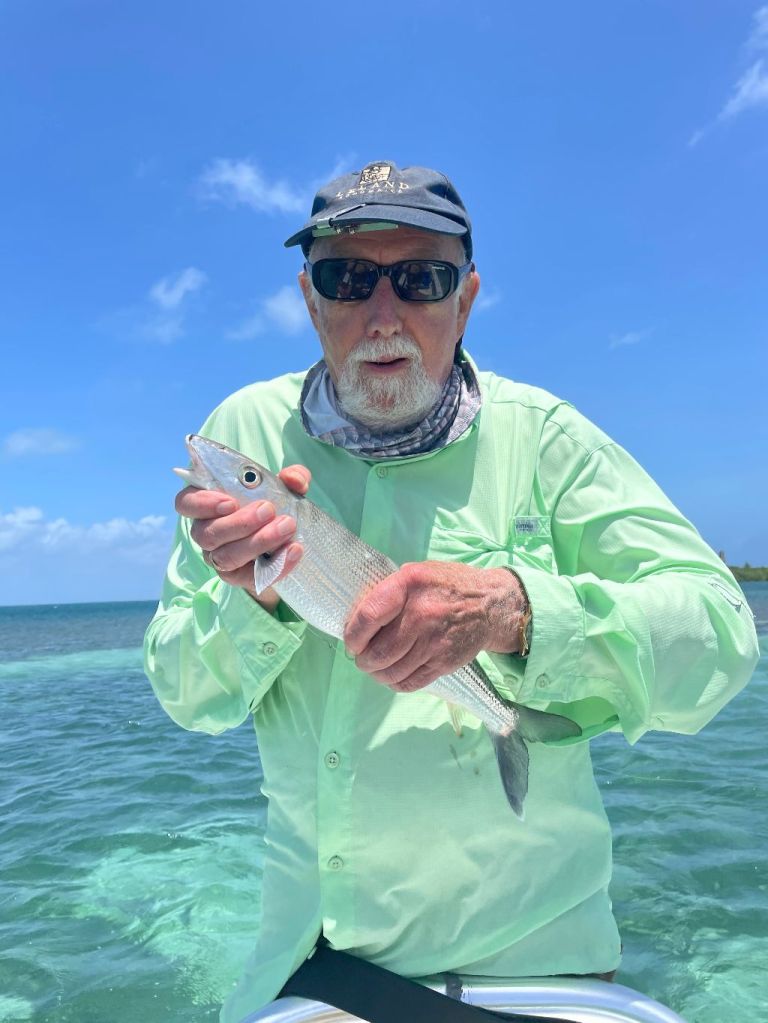I am looking at a newspaper clipping from 1954. Eleven elementary school boys with two adults, me and Art Morris. This is the Oakland Recreation Department District II All Star football game that year. There are eleven boys, three of them white, eight black. The black students are from Longfellow school where I was the after-school director. I recognize the names. I had dinner in those boys’ houses. Arthur and I were in our early twenties, two young men who spent their afternoons and Saturdays coaching young black students in neighborhoods that did not promise a lot.There I am, the white director who coached those boys, helped them find themselves on football fields that were blacktop playgrounds. I ferried them to away games in my 1939 Ford sedan.That was against the rule but it was a long walk to Santa Fe playground where Scottie was the director or to Mosswood which was even farther away, and I did not want them to be tired out when the game began, so I broke the rule.I wedged eleven boys into that old Ford sedan, seven in the back, four more up front with me.One of them crouched on the floor under the dash. Those ten year olds would be 74 years old now, many of them dead, the others retired, and they would bear little or no resemblance to the boys crouched at the edge of Bushrod field with two young men leaning over the back row, one of whom is now dead, the other, me, eighty-six years old. I made ninety cents an hour, worked from three o’clock to five-thirty on week days, from ten until five on Saturday, seventeen dollars and fifty-five cents a week. It kept that car in gas and oil (it burned a lot of oil), books, lunches, and the insurance on the car and the occasional fly fishing trip to the Sierras with Art. Beneath that old clipping is a photo of that car. It has whitewall tires and sits in the driveway of the house on Regent street. I bought it from Ken Carpenter for $100. Today that car in fair condition is worth twenty-five thousand dollars, but I had no garage where I could have stored it for more than sixty years.So all I have is that clipping from the Oakland Tribune. Art and I were pretty good looking twenty year olds..






